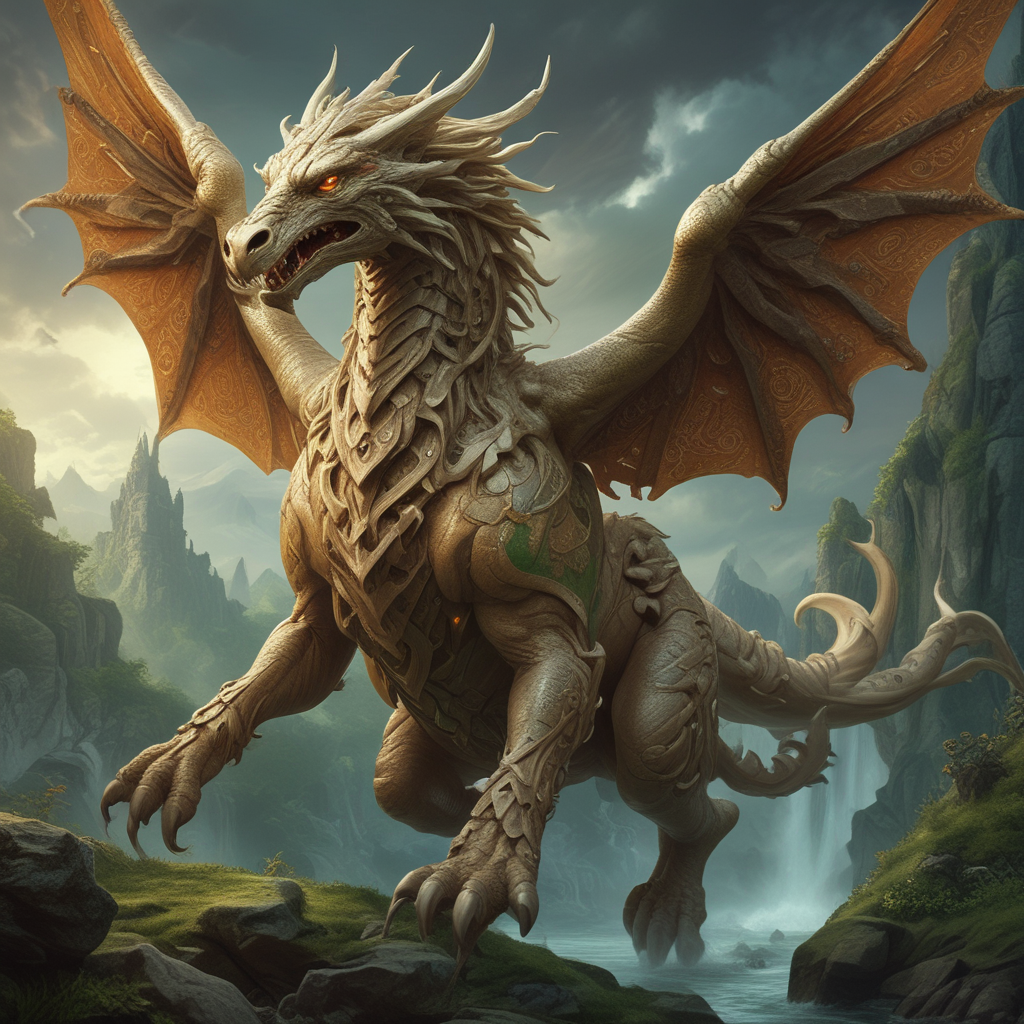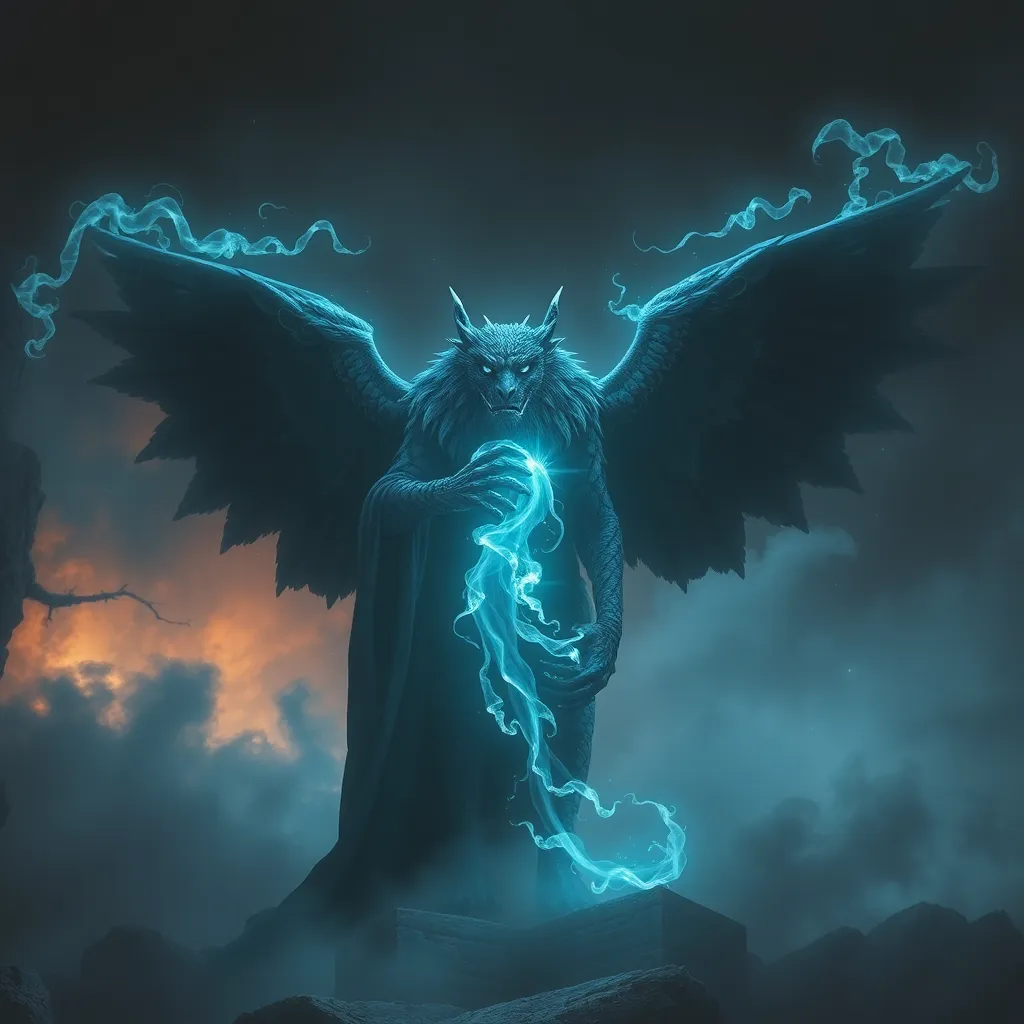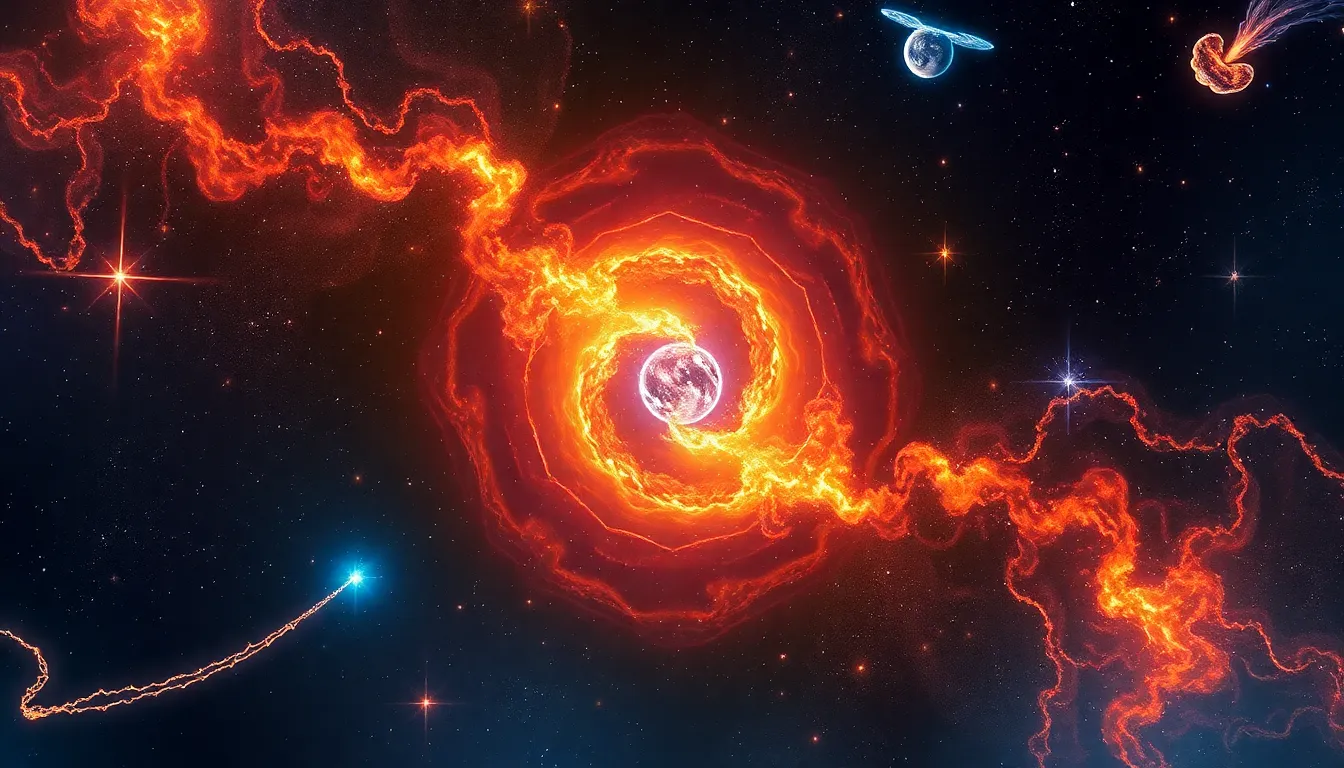Beneath the Surface: The Thai Underworld in Mythology
The Thai Underworld, known as Naraka, is a fascinating realm that holds a prominent place in Thai mythology. This subterranean world, often described as a vast and intricate network of caverns and realms, is where souls journey after death to face the consequences of their actions in life. Thai beliefs about the afterlife are complex and intertwined with the concepts of karma, reincarnation, and the balance of justice. The Underworld serves as a powerful reminder of the importance of moral conduct and spiritual growth, influencing the daily lives of Thai people for centuries. Exploring the depths of Naraka allows us to gain a deeper understanding of Thai culture and the enduring influence of its mythology.
The Realm of Yama: A Journey to the Afterlife
In Thai mythology, Yama, the King of the Underworld, reigns over Naraka. He is a stern but just figure, responsible for overseeing the judgment of souls and ensuring that each individual receives their deserved fate. After death, souls are believed to embark on a perilous journey to the Underworld, guided by celestial beings known as Yamadutas. These divine messengers act as intermediaries between the living and the dead, ensuring that souls reach the realm of Yama safely. The journey itself is a test of the soul, filled with obstacles and challenges that reflect the individual's past deeds and the weight of their karma.
The Seven Levels of Naraka: A Hierarchy of Punishments
Naraka is divided into seven distinct levels, each representing a different form of punishment tailored to the severity of the soul's transgressions in life. The punishments are often graphic and symbolic, serving as a stark warning against committing acts of violence, greed, deception, and other forms of moral corruption. The first level, the least severe, might hold those who were disrespectful to their parents or elders, while the deepest levels are reserved for those who committed heinous crimes like murder or theft.
The Role of Karma: Shaping Destiny Beyond the Grave
Karma, a central concept in Thai Buddhism and mythology, plays a crucial role in determining the fate of souls in the Underworld. Karma is the belief that every action, both good and bad, has consequences that will ultimately affect an individual's future lives. In the Thai Underworld, karma is seen as the force that guides a soul's journey through Naraka, determining the level of punishment they will endure and the time they will spend there. It is believed that good deeds will result in a swift and relatively easy passage through Naraka, while those who have committed serious wrongdoings may face extensive suffering and a lengthy stay.
The Guardians of the Underworld: Protecting the Balance of Justice
The Underworld is not just a place of punishment but also a realm guarded by various mythical beings who ensure the smooth functioning of justice and the balance of karma. These guardians are not only tasked with overseeing the punishments and trials faced by souls but also with protecting the Underworld from outside forces and ensuring that the laws of karma remain inviolable. The guardians, often described as fearsome and powerful entities, serve as a reminder of the strength of the forces that govern the afterlife and the consequences of actions in the earthly realm.
The Myth of the Serpent King: A Guardian of the Underworld’s Secrets
In Thai mythology, the Serpent King, or Naga, is a powerful and enigmatic creature that plays a crucial role in guarding the secrets of the Underworld. These serpentine beings, often depicted as having human-like heads and scales, are believed to possess immense wisdom and knowledge, making them formidable guardians of the afterlife. Their presence in the Underworld symbolizes the mysteries and hidden truths that lie beneath the surface of reality, reminding us that our understanding of the world is often limited. In some tales, the Serpent King is associated with the creation of the world, highlighting the connection between the Underworld and the origins of life itself. The Serpent King's role as a guardian of the Underworld reinforces the belief that the afterlife is a sacred and protected realm, not to be taken lightly.
The Significance of Rituals and Offerings: Connecting to the Ancestors
Thai culture places a high value on honoring ancestors and maintaining a connection with the spiritual realm. Rituals and offerings are seen as essential ways to communicate with those who have passed on and to ensure their well-being in the afterlife. These traditions are deeply rooted in the belief that the actions of the living can directly impact the souls in the Underworld, either positively or negatively. Offerings, such as food, incense, and flowers, are presented to the spirits as a sign of respect and gratitude, while rituals, such as chanting and prayers, are performed to appease the ancestors and to seek their guidance and blessings. The practice of honoring ancestors through rituals and offerings underscores the importance of maintaining a harmonious relationship between the living and the dead, strengthening the bonds between generations and ensuring the continuity of Thai cultural traditions.
Exploring the Underworld in Thai Literature and Art
The Thai Underworld has been a source of inspiration for generations of Thai artists and storytellers, inspiring countless works of literature, art, and performance. Tales of the Underworld, often featuring vivid descriptions of its realms, punishments, and mythical creatures, are woven into Thai folklore, serving as both entertainment and moral lessons for the people. In Thai literature, the Underworld is often depicted as a place of both terror and beauty, reflecting the complexities of death and the uncertainties of the afterlife. Thai art, too, showcases the Underworld in various forms, from intricate temple murals depicting scenes of judgment and punishment to sculptures of Yama and other Underworld deities. Through these artistic expressions, Thai mythology continues to inform and inspire the cultural landscape of the nation, ensuring the enduring legacy of the Underworld in Thai art and literature.
The Influence of Buddhism on Thai Underworld Mythology
Thai Buddhism, a dominant religion in Thailand, has significantly shaped the country's beliefs about the afterlife and the Underworld. Buddhist teachings concerning karma, reincarnation, and the cycle of birth, death, and rebirth have integrated seamlessly with Thai mythology, further solidifying the importance of moral conduct and spiritual growth. The concept of Naraka, as a place of suffering and purification, aligns with the Buddhist belief that actions in life have consequences that extend beyond this earthly realm. Buddhist temples and monasteries often feature murals and sculptures depicting the Underworld, illustrating the concepts of karma, retribution, and the path to enlightenment. The influence of Buddhism has contributed to the enduring relevance of Thai Underworld mythology and its continued impact on the daily lives of Thai people.
Modern Interpretations of the Thai Underworld: From Traditional Beliefs to Popular Culture
While the core beliefs about the Thai Underworld remain strong, modern interpretations of this mythical realm are evolving in response to changing cultural trends and the influence of global popular culture. Contemporary Thai narratives, films, and television shows often incorporate elements of the Underworld into their stories, drawing on traditional beliefs while incorporating new interpretations and symbolism. The concept of karma continues to be central to modern Thai storytelling, but it is often explored through a more nuanced lens, reflecting the complexities of human experience and the challenges of navigating a rapidly evolving world. The Thai Underworld, once a purely mythological realm, has found new life in modern media, demonstrating its enduring appeal and its ability to adapt to the changing cultural landscape.
FAQ
Q: What is the Thai Underworld called?
A: The Thai Underworld is known as Naraka.
Q: Who is the King of the Underworld in Thai mythology?
A: Yama is the King of the Underworld in Thai mythology.
Q: What is the significance of karma in the Thai Underworld?
**A: ** Karma plays a crucial role in determining the fate of souls in the Underworld. It is believed that every action, both good and bad, has consequences that will ultimately affect an individual's future lives.
Q: What are some examples of mythical creatures found in the Thai Underworld?
A: Some examples of mythical creatures found in the Thai Underworld include Yamadutas (divine messengers), the Serpent King (Naga), and various other guardians and spirits.
Q: How does Thai Buddhism influence beliefs about the Underworld?
A: Thai Buddhism, with its emphasis on karma, reincarnation, and the cycle of birth, death, and rebirth, has integrated seamlessly with Thai mythology, further solidifying the importance of moral conduct and spiritual growth.
Q: How is the Thai Underworld depicted in modern Thai media?
A: The Thai Underworld is often incorporated into contemporary Thai narratives, films, and television shows, drawing on traditional beliefs while incorporating new interpretations and symbolism.



